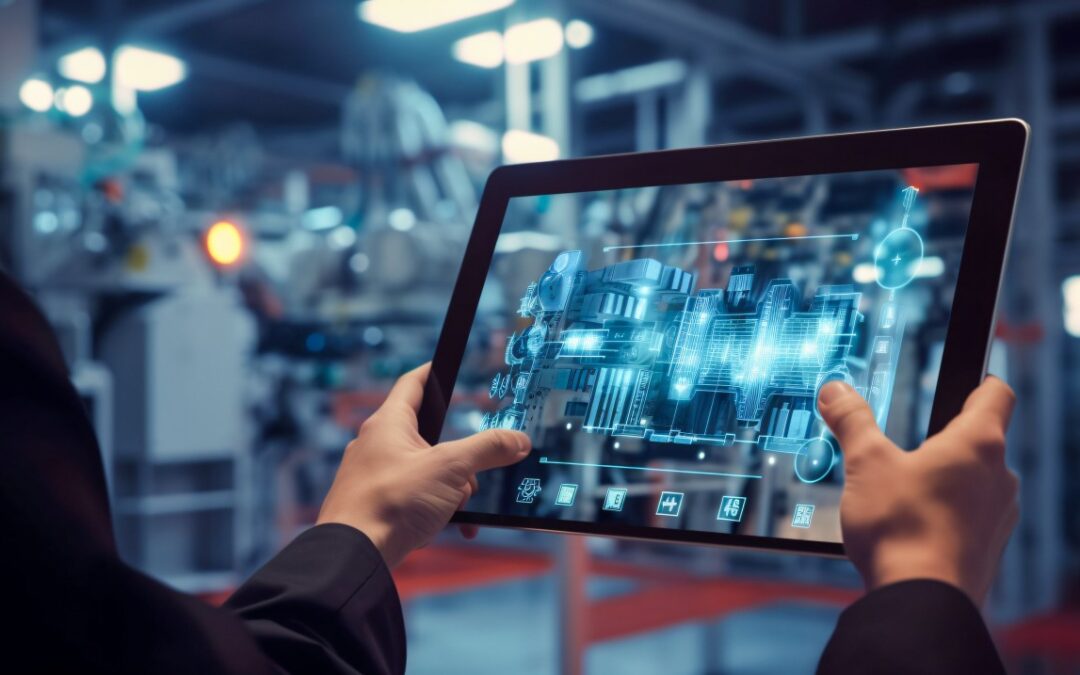In the world of industrial quality assurance, dynamic balancing with stroboscope plays a crucial role in ensuring the efficiency and longevity of machinery. This is a technique used to measure and correct the imbalance in rotating machinery. It helps in maintaining the integrity and operational efficiency of various industrial applications.
To understand the importance of this technique, we need to explore how it works and its benefits. The use of a stroboscope in dynamic balancing provides a non-contact method of measuring rotational speed and synchronizing it with the machine’s operational frequency. This ensures that the machine operates smoothly, reducing wear and tear and extending its lifespan.

Understanding Dynamic Balancing
Dynamic balancing is essential for any rotating machinery as it helps to detect any imbalance that could lead to vibrations. These vibrations can cause damage to the equipment and lead to costly repairs and downtime. By using a stroboscope, technicians can identify these imbalances and correct them efficiently.
The Role of Stroboscope
A stroboscope is a device that emits flashes of light at regular intervals. It is used to measure the speed of rotation by matching the frequency of the flashes with the rotational speed of the machine. This allows technicians to visualize the rotation and spot any irregularities. When used in dynamic balancing, it helps in pinpointing the exact location of the imbalance.
How Stroboscopes Work in Balancing
The stroboscope works by creating an optical illusion that makes the rotating part appear to be stationary. By adjusting the flash frequency, the technician can determine the speed of rotation and identify any discrepancies. This visual feedback is invaluable in making precise adjustments to the machinery.
Applications in Industry
In industries such as automotive, manufacturing, and printing, dynamic balancing with stroboscope is widely used. For instance, in the automotive industry, it ensures that engine components are perfectly balanced to avoid excessive vibrations. Similarly, in the printing industry, it helps maintain the speed and accuracy of printing presses, reducing downtime and increasing productivity. You can read more about its application in printing press QC.
Benefits of Using Stroboscopes
There are several benefits to using a stroboscope in dynamic balancing. Firstly, it is a non-invasive method, meaning it does not require the machine to be disassembled. This saves both time and money. Secondly, it provides real-time feedback, allowing for immediate adjustments. Finally, it enhances the precision of the balancing process, leading to more efficient and reliable machinery.
Cost-Effectiveness
Implementing dynamic balancing with stroboscope is cost-effective in the long run. By reducing the risk of mechanical failures and extending the life of machinery, companies can save on repair costs and minimize production downtime. This technology is a worthwhile investment for any industry relying on rotating machinery.
Real-Time Adjustments
One of the standout features of using a stroboscope is the ability to make real-time adjustments. This means that as soon as an imbalance is detected, it can be corrected immediately, ensuring the machinery continues to operate smoothly without any interruptions.
Challenges and Considerations
While the benefits are clear, there are also challenges to consider. Ensuring the proper calibration of the stroboscope is crucial for accurate measurements. Additionally, operators must be trained to interpret the data correctly and make the necessary adjustments.
Calibration Importance
Calibration is vital to ensure the stroboscope provides accurate readings. Without proper calibration, the data may be misleading, leading to incorrect adjustments that could harm the machinery.
Training for Operators
Operators need to be well-trained in using the stroboscope effectively. Understanding how to interpret the visual feedback and make precise adjustments is key to the success of dynamic balancing processes.
Conclusion
In conclusion, dynamic balancing with stroboscope is an essential technique for maintaining the efficiency and longevity of machinery in various industries. The use of a stroboscope provides a cost-effective, real-time solution for identifying and correcting imbalances. By integrating this technology, companies can enhance their operational efficiency and reduce maintenance costs. For more insights into the use of stroboscopes in industry, visit Mextechin.

Frequently Asked Questions
What is the primary purpose of a stroboscope in dynamic balancing?
The primary purpose of a stroboscope in dynamic balancing is to measure the rotational speed and identify imbalances in machinery, allowing for precise corrections that enhance operational efficiency.
How does dynamic balancing benefit industries?
Dynamic balancing benefits industries by reducing machinery vibrations, preventing damage, minimizing downtime, and extending the lifespan of equipment, ultimately leading to cost savings.
Are there any drawbacks to using stroboscopes?
While stroboscopes offer many benefits, they require proper calibration and trained operators to ensure accurate measurements and effective balancing.
This article contains affiliate links. We may earn a commission at no extra cost to you.
